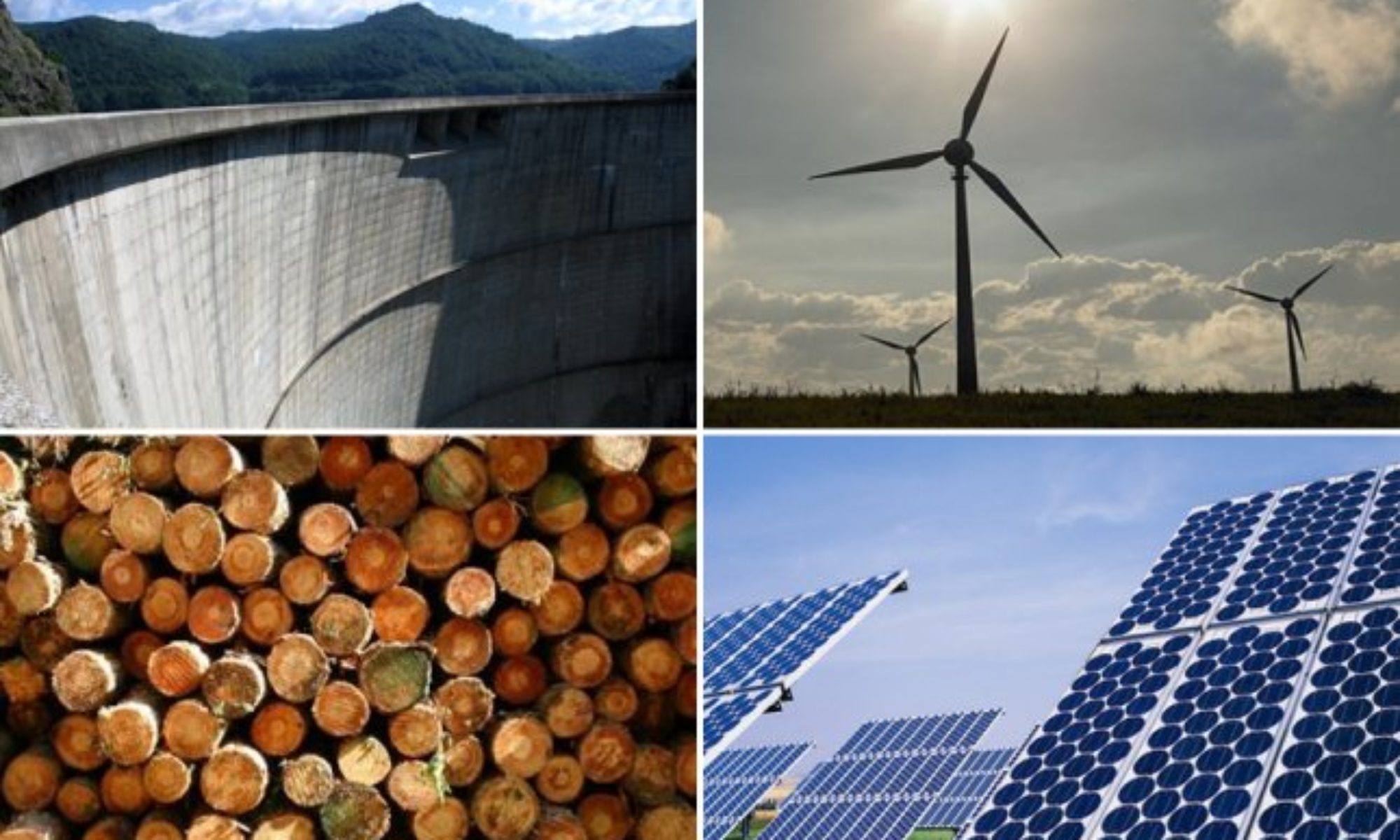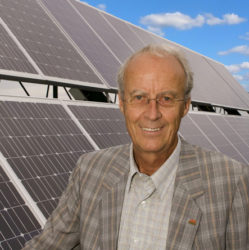Inspiring WWEC2014 in Shanghai WWEC2014 Conference Resolution 13th World Wind Energy Conference Distributed Wind Power Shanghai, China, 7-9 April 2014 The World Wind Energy Association, the Chinese Wind Energy Association, Chinese Wind Energy Equipment Association and the China National Renewable Energy Centre welcome the presence of those 500 participants from 40 countries attending this Conference, from wind and all other renewable energy technologies. The Conference covered all aspects of wind utilisation, related policies, manufacturing, development, operation as well as economic and social issues, with a special focus on the role that distributed wind power can play to accelerate the deployment of wind power in the world. The Conference appreciates the support of the governments and governmental as well as non-governmental organisations, especially the Chinese Government, the German Federal Ministry for Economic Affairs & Energy, IRENA, UNDP, the International Renewable Energy Alliance, REN21, the Global100%RE campaign, the World Future Council, and all organisations and individuals enhancing the Conference. The Conference welcomes in particular the strong commitment and important contributions of the International Renewable Energy Agency, IRENA, to the event. The Conference recognizes that China is currently heavily dependent on fossil fuel combustion, with coal accounting for a large portion of the power generation. The Conference applauds the Chinese government for having taken important steps in order to reduce this dependence on polluting fossil resources: China has not only become world leader in wind power installations, but in the year 2013, for the first time new investment in renewable energy power generation has exceeded new investment in fossil generation. The Conference encourages the Governments of China, of all Asian countries and beyond, to remove the barriers to renewable energy use in the region and develop a comprehensive long-term strategy that includes distributed wind power as well as local integration of renewable energies as key components. The conference applauds the scientifically substantiated statements made that a 100 % renewable energy supply can be reached worldwide in the foreseeable future and it encourages all renewable energy stakeholders to join the Global 100% Renewable Energy Campaign which was presented during the event and to work further on the remaining challenges and barriers on the way to a 100 % renewable energy future. The Conference appreciates that the Indian wind energy pioneer Dr. Anil Kane has been awarded with the World Wind Energy Award 2014 as one of the pioneers of wind power in India, Asia and worldwide. The Conference recognises that training and education have to be key elements of a strategy that aims at mainstreaming wind power and supports the initiative to create the World Small Wind Training and Testing Center. In addition the Conference supports the following objectives, policies and actions, some of them having been presented at previous WWECs: 1. Remove gradually all energy subsidies and introduce the internalisation of all externalities to achieve a level playing field; 2. Pursue and continue compensatory regulatory frameworks such as sufficient and effective feed-in tariffs that encourage renewable energy developments and develop and apply FIT2.0 policies which include incentives for integrated renewable power supply; 3. Focus on the integration of wind power into existing power systems also on the local and community level, create smart grids and enhance decentralised synergies between the various renewable energy solutions in order to achieve an integrated 100 % renewable energy supply in the foreseeable future; 4. Intensify the close cooperation with IRENA on the implementation of its work programme and contribute to its further refinement; 5. Raise the political and social awareness on all levels of society and in particular amongst local communities and enable them to obtain access to the necessary knowledge and technologies; 6. Create a stronger focus on community power and distributed energy supply in existing governmental, international, education, research and financial institutions; 7. Reduce overall costs for energy supply by an increasing share of renewable energy power and by a stronger focus on least-cost decentralised options for 100 % renewable energy. 8. Develop and expand national, regional and international financing mechanisms for renewable energy, especially making use of funds provided as part of the international climate change negotiations, and ensure that the Global Green Climate Fund gives priority to renewable energy and community based projects; 9. Support communities especially in developing countries in obtaining easier access to technology and finance; 10. Encourage all wind energy stakeholders to participate in the next World Wind Energy Conference to be held in Jerusalem in 2015. Shanghai, 9 April 2014 WWEC2014: Key Statistics of World Wind Energy Report published Shanghai/Bonn, 8 April 2014 (WWEA) – On the occasion of the World Wind Energy Conference WWEC2014 in Shanghai, WWEA has presented the key statistics of the World Wind Energy Report 2013: World wind energy capacity reached 318’529 MW by end of 2013, after 282’275 MW in 2012. 35’550 MW of new wind capacity was added, the smallest growth since 2008, and after 44’609 MW in 2012. The growth rate reached only 12,8%, the lowest level since modern wind power utilization has started around the world. Wind power contributes close to 4% to the global electricity demand. In total, 103 countries are today using wind power on commercial basis. China was still by far the leading wind market with a new capacity of 16’000 MW and a total capacity of 91’324 MW. The US market saw a dramatic slump and installed only 1 GW, after 13 GW in 2012. Asia has now the same installed capacity like Europe (119 GW) and is expected to overtake Europe in 2014 as largest wind continent. The most dynamic markets with highest growth rates can still be found in Latin America and in Eastern Europe as well as for the first time in Africa, where Morocco showed a growth of 70%, the second highest growth rate of all countries, just behind Chile (76%). In some countries, wind power reached very high shares in the electricity supply; in Denmark (34%) and Spain (21%), wind energy has become the largest source of electricity; also Portugal (more than 20%), Ireland (more than 16%) and Germany (9%) have reached high portions. 7,4 GW of offshore wind was installed by end of 2013, and close to one million small wind turbines. For the year 2020, WWEA sees a wind capacity of more than 700’000 MW as possible. Attached you will find the related graphs and a list with all countries using wind power today. The full World Wind Energy Report 2013 will be published in mid-April 2014. World Wind Energy Association WWEA Head Office Charles-de-Gaulle-Str. 5 53113 Bonn Germany Tel. +49-228-369 40-80 Fax +49-228-369 40-84 www.WWindEA.org

